Obese Rabbit
Obese Rabbit and unintended and serious health issues stemming from excessive weight. Identify rabbit obesity and provide a healthy weight loss regimen for your overweight rabbit.
For some pet owners, it is very easy to smother your rabbit in hugs and kisses, and spoil them to death. I mean, they are just so stinking cute!! However, spoiling a rabbit can lead to some unintended and serious health issues; namely obesity. Obesity in your rabbit can increase chances for heart disease, hepatic lipidosis (fatty liver), flystrike, arthritis, and decreased fertility, among other issues.
Luckily, if your rabbit is overweight, it is not the end of the world. You can help your rabbit regain its fit condition with a few adjustments depending on what your rabbit needs.
How to Recognize an Obese Rabbit
Determining if your rabbit is overweight can be tricky because all breeds vary in weight. The trouble figuring out your rabbit's ideal weight can be even more difficult if the animal is a mixed breed of unknown origin.
Knowing the standard weight for your rabbit's breed will certainly help you know whether or not your rabbit's weight is in the ballpark for its breed. Our All Rabbit Breeds page provides the weight range for each rabbit breed as specified in the Standards of Perfection for the breed.
If you have a general idea of your mixed rabbit's parentage, this page might also help you guestimate a likely normal weight for your pet rabbit.
Additionally, here are a few hands-on things to look for, whether or not the rabbit's ideal weight is known:
- Run your hand over the rabbit's back and rump, starting from the neck and stroking towards the rear. You SHOULD be able to feel ribs and hips (pin bones) without much difficulty, though they should not feel sharp or bony. An obese rabbit will be padded with fat, and without pressing hard, you'll feel only the fat padding.
- Much like humans, rabbits should have a waistline. As you stroke the rabbit's back as described above, you will place 4 fingers on one side of the rabbit, and the thumb on the other side. The shoulder bones should widen the distance between your fingers and thumb, and the hips should also spread your fingers and thumb apart. But in the middle of the rabbit, you should be able to feel the rib cage, and the distance between fingers and thumb should narrow slightly before widening again at the hips.
If you're not entirely sure whether or not your rabbit is obese we recommend consulting a vet.
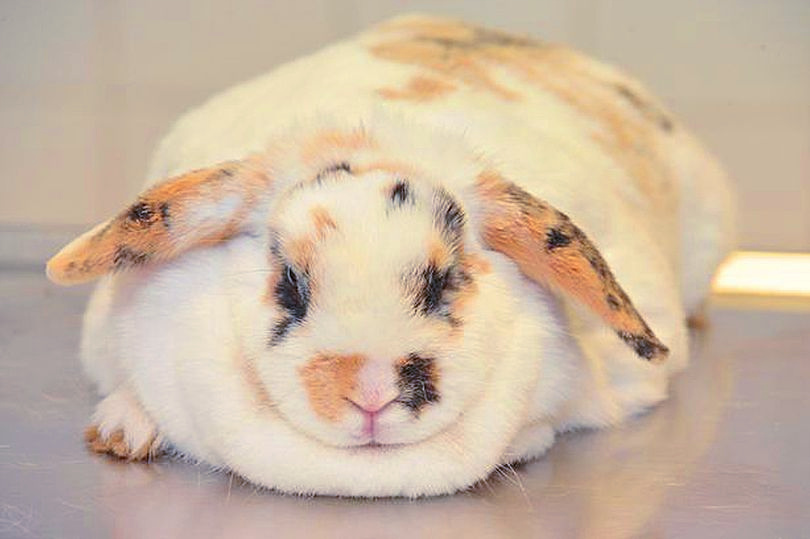 Morbidly obese rabbit. This rabbit might weigh double its normal weight.
Morbidly obese rabbit. This rabbit might weigh double its normal weight.Photo Credit: Mirror.co.uk
Dewlaps are Not a Result of Obesity
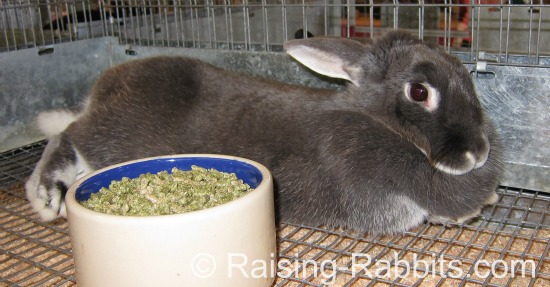
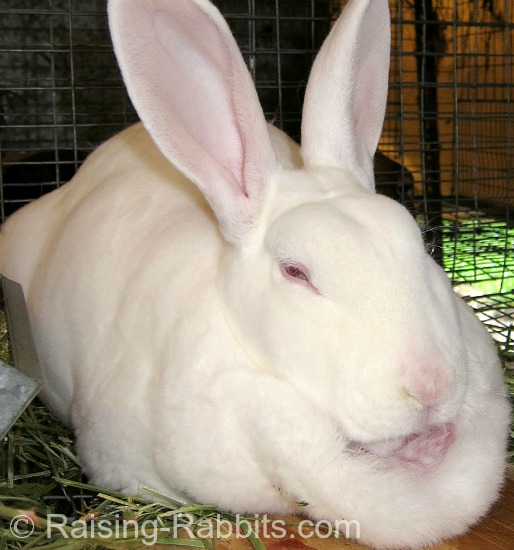 REW Rex Doe one day after kindling. She sourced the fur for her nest from her dewlap! This rabbit is not obese.
REW Rex Doe one day after kindling. She sourced the fur for her nest from her dewlap! This rabbit is not obese.Pictured above is a blue silver martin. This is a female rabbit in good condition at a County Fair. She is not obese at all, yet has that bulge around the neck known as a dewlap.
Dewlaps are a result of genetics. While it is not entirely known exactly why female rabbits of certain breeds tend to develop them and males do not, it is believed that the dew lap provides extra fur to the doe which she will pull out when lining her nest in preparation for kindling.
Pictured at right is my red-eyed-white rex doe one day after kindling. While she looks a bit fluffy (read chubby), any extra weight is due to her pregnancy and will be used to make high-fat milk for her 8 babies.
Even in lionhead and angora rabbits, it is possible to verify whether the animal is overweight by running the hand along the back. Under all the fluff, one can "see" whether the bones are covered with excessive fat or not.
Below Left: this lionhead rabbit is in great shape, and has a definite waistline without being thin.
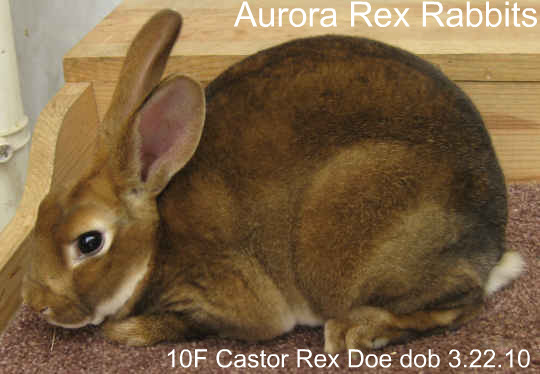 This young castor Rex junior doe hasn't yet developed a dewlap, but she will, in time!
This young castor Rex junior doe hasn't yet developed a dewlap, but she will, in time!Above Right: This young castor rex doe has not had time to develop a dewlap, but she will at adulthood! Notice that you can see a slight ribcage bulge above her elbow. You can see the curvature of the back bone, and you can see the curvature of the hind leg. These are signs of a rabbit that is not obese.
Causes for an Obese Rabbit
Obese rabbits are usually overfed rabbits. Overfeeding is more often than not the cause for obesity in rabbits. It is a misconception that rabbits need to snack and must have food available 24/7. In addition to having food always available, feeding your rabbit sugary treats is also a factor for obesity. Treats such as yogurt drops can compromise your rabbits intestinal tract with an excess amount of dangerous bacteria. Feeding your rabbit too much sugar can also cause diarrhea, including fatal enterotoxemia.
Another contributing factor to obesity is a lack of exercise. How much exercise a rabbit needs is circumstantial to the breed, its weight, and how active it is. If your rabbit is a larger and more laid back breed such as the Flemish Giant, it may not require as much exercise as say, an active show rabbit such as the English Spot. It is difficult to put an exact label on how much exercise a rabbit needs, but this knowledge can be gained through observing your rabbit's behavior and habits.
Obese Rabbits May Have Breeding Issues
Obesity can have harmful effects on a rabbit’s reproductive system, which is why it is of utmost importance to keep breeding rabbits at a healthy weight.
Obesity decreases fertility in both male and female rabbits, by choking their reproductive organs with fat. A study done in 2017 from the Public Library of Science shows that fertility in young, obese rabbit bucks is reduced by about 30% compared to normal bucks.
But worse than that, the fallopian tubes of obese rabbit does are clogged by fat, preventing eggs from passing through to the uterus. Litter sizes typically drop to near-zero. This can have catastrophic consequences beyond missed pregnancies or minimal litter size.
The kits in small litters are typically very large, and can get stuck in the doe's reproductive system during labor. This is called fetal retention, which can lead to infections, fetal mummification, and failure to ever get pregnant again. All of these conditions are capable of killing does, and frequently do.
In other words: obese rabbits have trouble breeding, and are much more likely to die from complications.
Helping an Obese Rabbit Lose Weight
Excellent Animal Welfare for Rabbits
Heads up! Rabbits do not need and should not have food in front of their noses 24/7. While some rabbits will self-regulate and ignore their feed unless hungry, others will eat and eat. And eat.
To provide excellent animal welfare, offer your rabbit only as much pelleted feed has it will need for 24 hours, and when the feed trough is empty, allow it to stay empty until the following day.
An empty feed trough does not mean the rabbit cannot eat. It eats its cecotropes when it is not eating pellets.
If you wish, you can provide orchard or grass hays when the feed trough is empty.
Helping rabbits lose weight is mostly a factor of providing less food, but may also include adding exercise to their day (or evening). Here are some ideas on how to help your rabbit lose weight.
- Throw out the sugary treats. Sugar, just like in humans, contributes to weight gain. Additionally, excess simple sugars can cause a "bloom" of disease bacteria, resulting in diarrhea, increasing the chance of death for your rabbit. Skip the yogurt drops, apples, bananas, and raisin snacks.
- Feed pellets that are homogenous, meaning, they all look alike, a boring green, no sparkly colorful bits and sweet pieces among the "healthy" bits. Because, picky rabbits will pick out the sweet pieces and leave the rest to rot in the feed dish. This defeats the whole purpose of losing weight. The rabbit has only trained you to give it what it wants. If you want to save the life of your rabbit, you need to feed it wisely and judiciously.
- Cut down meal portions to help your rabbit lose weight. Do not leave food out for them 24/7. See the side bar at right.
- Increase the hay to feed ratio. More hay, less pellets. This reduces calories, but don't forget that it will also decrease nutrient content in the overall diet as well, which is why it is good to continue feeding a balanced pelleted ration.
|
A lower protein feed like Oxbow's Adult Rabbit Food, which contains only 14% protein, will keep your rabbit healthy as it supports your rabbit's weight loss, especially if the rabbit has opportunity for exercise. Once your pet has achieved a healthy weight, you can decide whether or not to continue with the low-protein ration |
Make sure your pet is getting adequate exercise. Increasing their cage size, or purchasing a rabbit run will certainly help.
- See World of Raising Rabbits for all our e-books, including plans for rabbit runs and rabbit cages.
- See Pet Rabbit Living Spaces, our ebook that is geared to pet rabbits. It has plans for cages of many sizes, as well as plans for two very nice fully enclosed rabbit runs.
If you need help or guidance, don't hesitate to speak with your vet about an obesity treatment plan that is best for your rabbit.
Exercise Tips for your Obese Rabbit
In addition to a healthy diet, exercise can help your rabbit lose unwanted weight.
- Consult the general breed standard for your rabbit's breed. It will include standards for weight, and possibly for personality, metabolic rate, and preferred activity levels.
- Timing: Rabbits are crepuscular - active at dawn and dusk. So: the best times to provide exercise to your rabbit is first thing in the morning and in the early evening - very late afternoon or at dusk. Your rabbit will be MUCH more likely to want to move and be active during these times.
- Rabbits FEED during dawn and dusk. This is NOT your clue to give treats, however. While you allow your rabbit to exercise, offer a handful of timothy or orchard hay to munch, or chewable (non-food) toys to play with.
Tips for recognizing if your rabbit likely had enough exercise for one setting:
- Observe its behavior when you release it into its exercise enclosure. Is it excited? Does it do a few binkies? How long does it exert significant activity when you turn it loose into the exercise pen? How long before it calms down again? These observations should help you know your rabbit's overall tolerance and enjoyment of exercise.
- Observe its behavior when you put it back into the cage. Is your rabbit still jumpy or active for a while after it is back home in the cage? It may need more exercise next time. If it calms down after a very short while, it probably got enough movement.
- Recognize that as your rabbit begins losing the weight and regaining strength and conditioning, its ability to exercise may very well increase. So, be prepared to increase the amount of time your rabbit spends in the exercise pen.
References:
https://wagwalking.com/rabbit/condition/obesity
https://lamondvet.co.uk/how-to-keep-a-rabbit-at-a-good-weight/
Double-Value Guarantee
Our policy is to always OVER-deliver
on value,
which is why your purchase is fully covered by our
Double-Value
Guarantee.
Go ahead - take any of our e-books for a test drive. Peruse our detailed informational and educational e-books. Examine our plans for building rabbit cages, runs, or metal or PVC hutch frames. Check out the Rabbit Husbandry info e-books.
If you aren't completely satisfied that your e-book purchase is worth at least double, triple or even quadruple the price you paid, just drop us a note within 45 days, and we'll refund you the entire cost. That's our Double-Value Guarantee.
Note: When you purchase your
e-books, they will be in PDF format, so you can download them to any device that
supports PDF format. We advise making a back-up copy to a drive or cloud
account. If the books are lost, you can also purchase another copy from Raising-Rabbits.
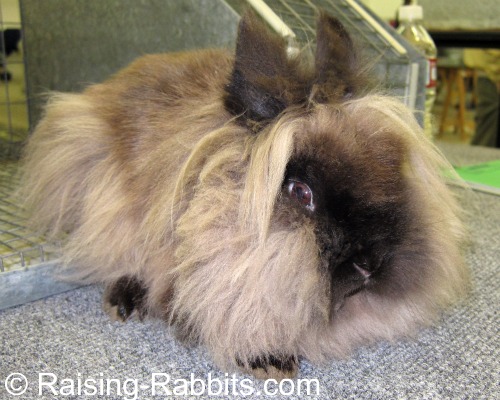
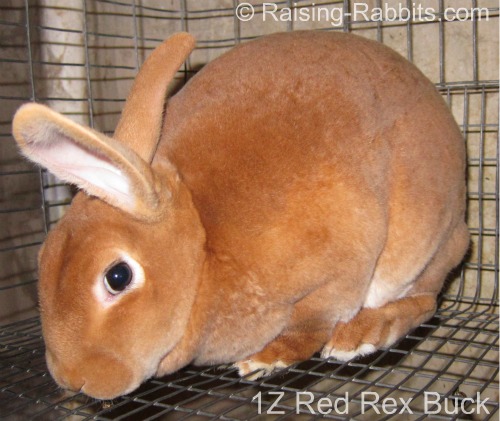

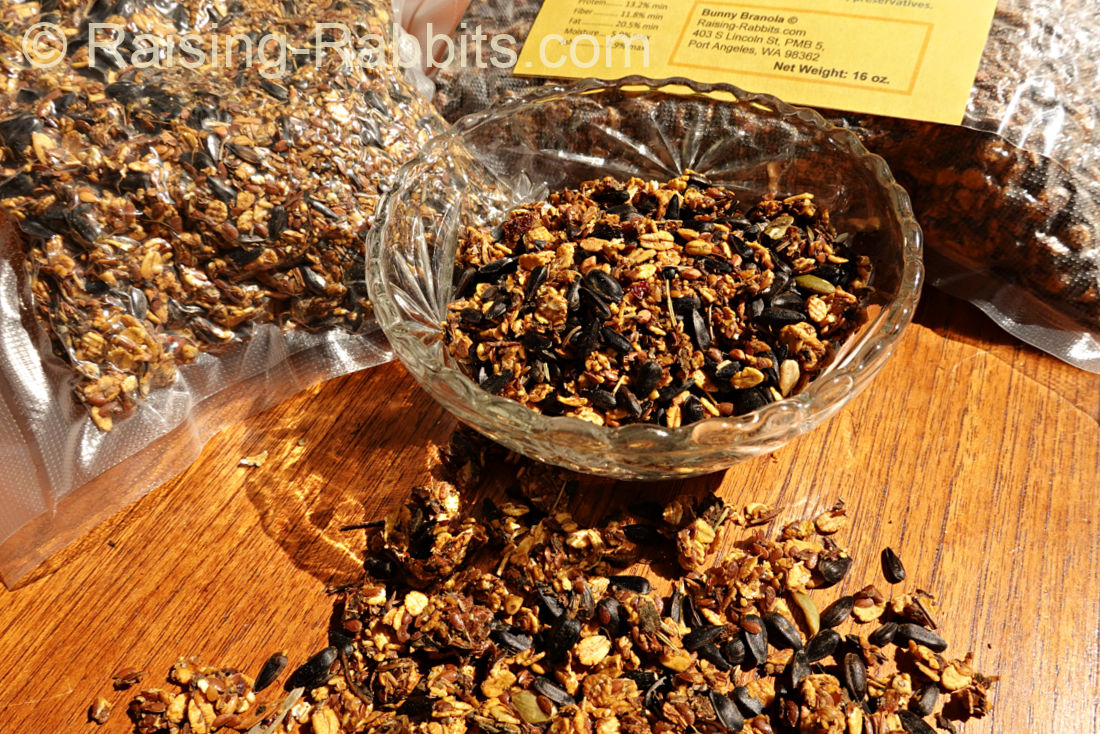
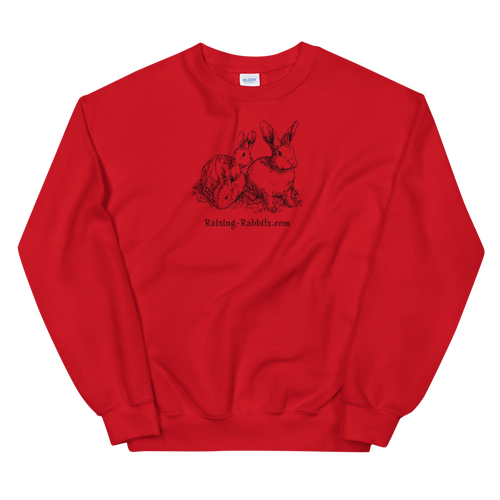
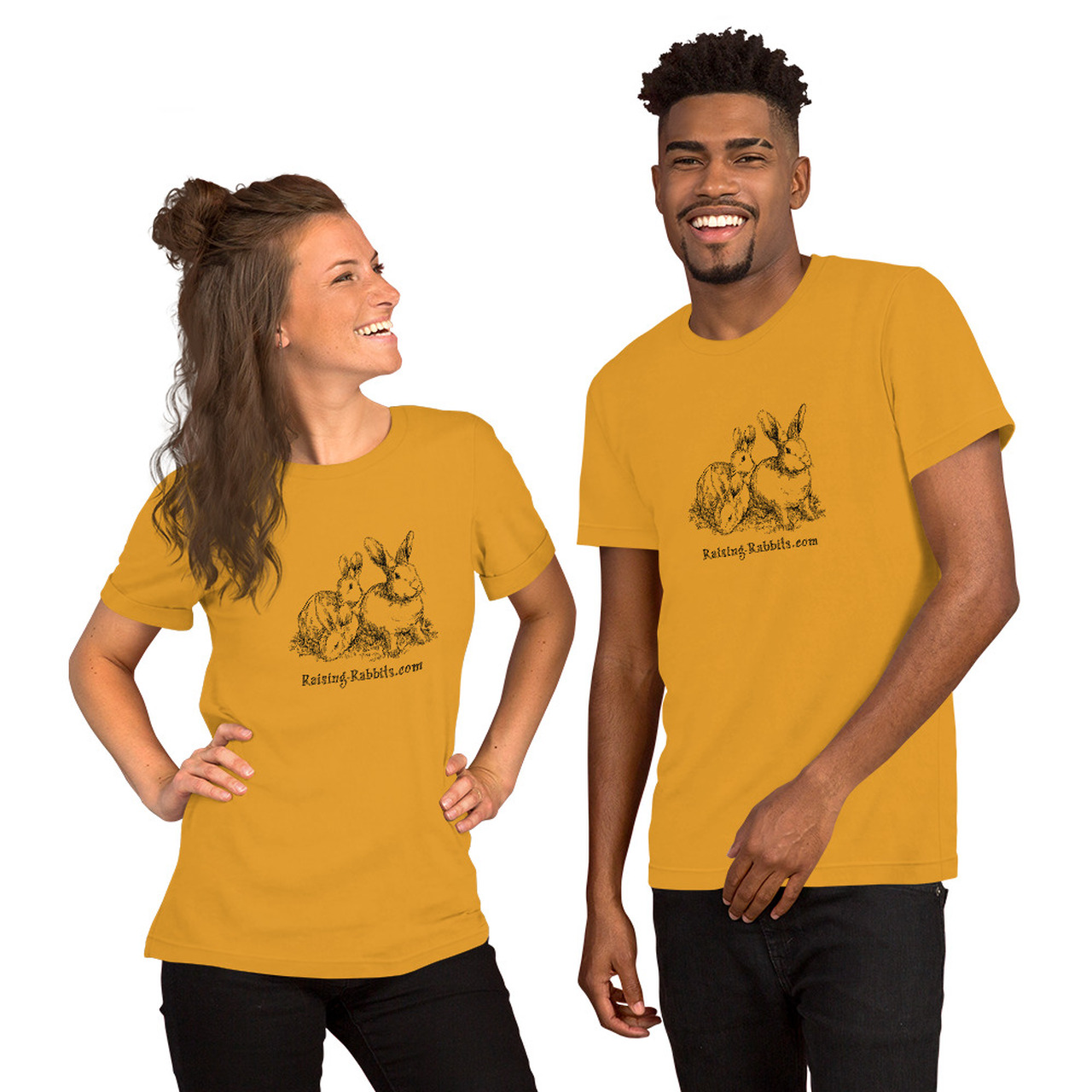
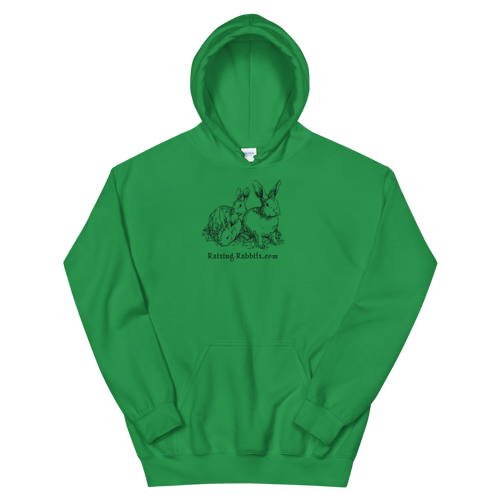
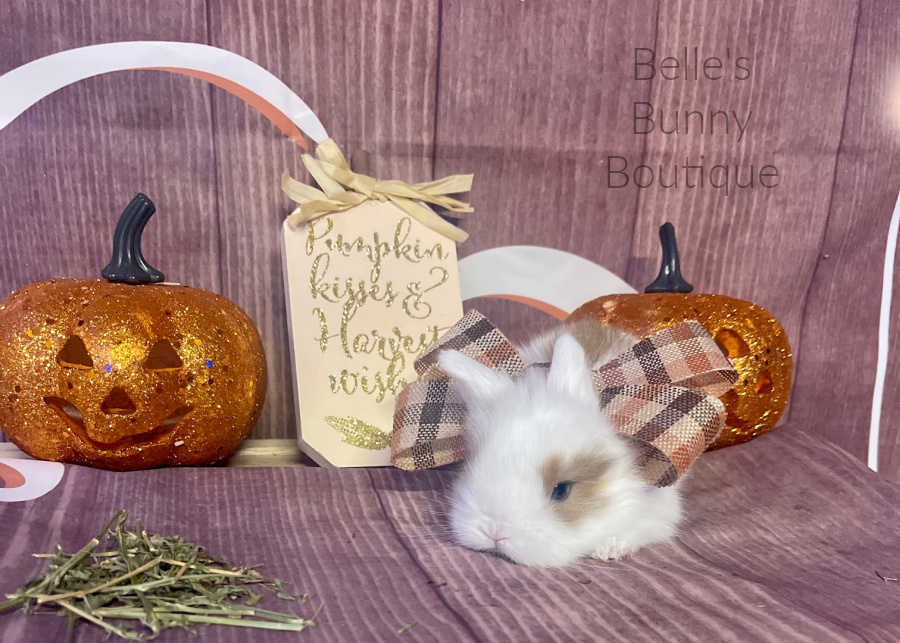
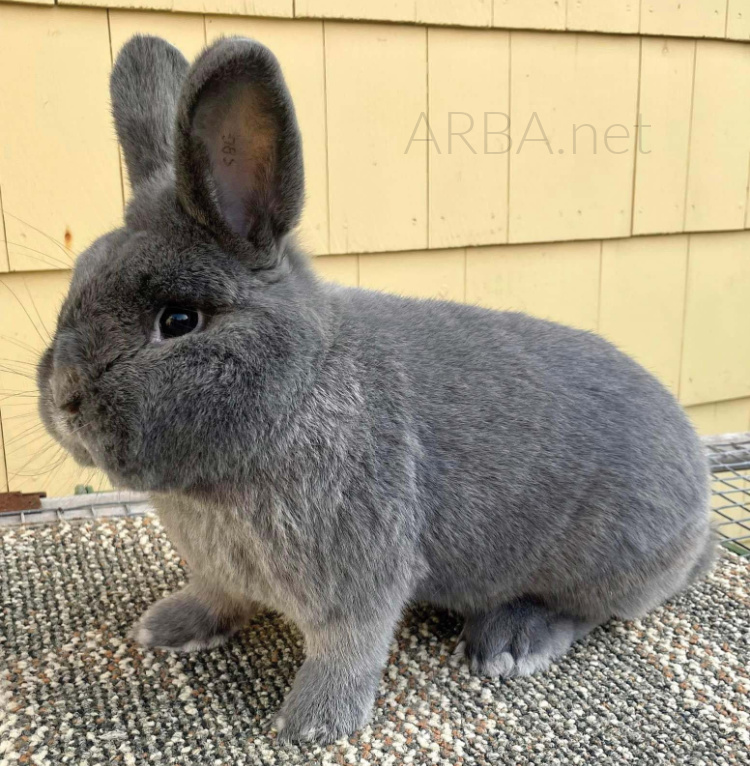
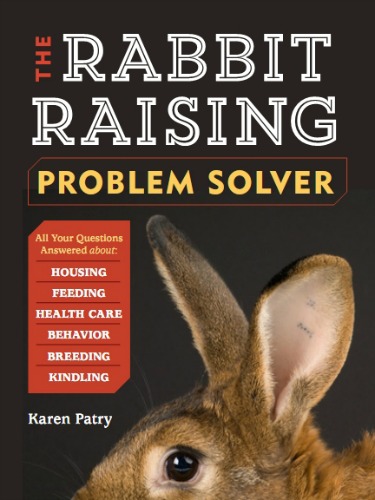

New! Comments
Have your say about what you just read! Leave me a comment in the box below.